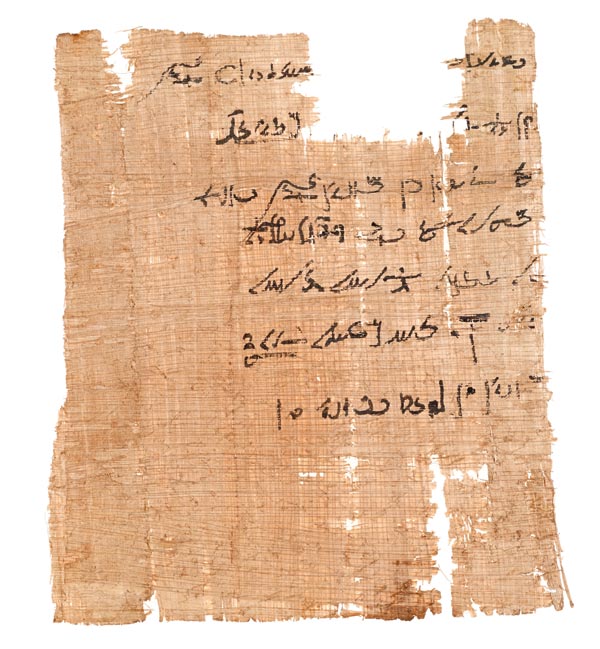Jackal Gods in Greek and Roman Egypt

Its conquest by Alexander the Great in 332 BC and subsequent rule by the Macedonian Greek Ptolemies and (later) the Romans brought many changes to Egypt, but did not eliminate the Egyptian language, culture, or religion. Although Greek became the language of government and business, Egyptian hieroglyphs and Demotic cursive continued in use in daily life and in religion. The rulers of Graeco-Roman Egypt built temples and supported the cults of Egyptian gods, including the jackal gods.
Indeed, the cults of Anubis and other jackal gods thrived under the Ptolemies; much of what we know about these gods comes from texts and images made under the Ptolemies. The jackal gods continued their important roles in Egyptian funerary practices and beliefs, and their representations form amulets and adorn funerary artifacts like mummy labels through the Ptolemaic and into the Roman period. Roman emperors continued the Ptolemies’ support of jackal god cults, even representing Hermanubis, often accompanied by a small dog, on their coins.




